
1. Book
Your Appointment using the button below

2. Experience
Best in class care from the Hear With Me team.

3. Happy Days
Rest assured that you are being well looked after.
Medicare rebates available for comprehensive hearing assessments referred by GPs or other medical practitioners.
Let’s get those ears sorted quickly.

If you are struggling with blocked ears, excess ear wax, muffled hearing, ear pain or ringing –
We can help.

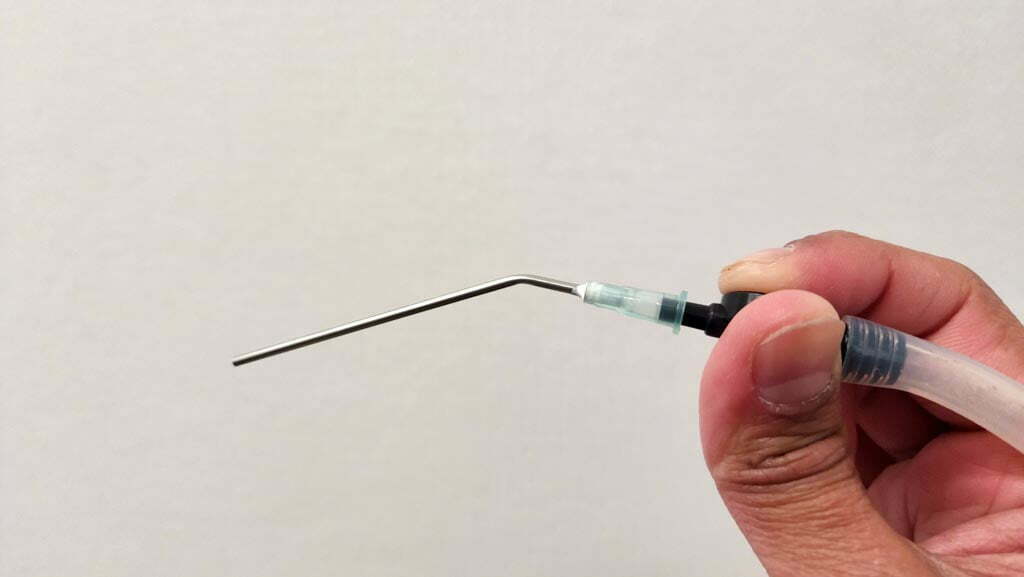
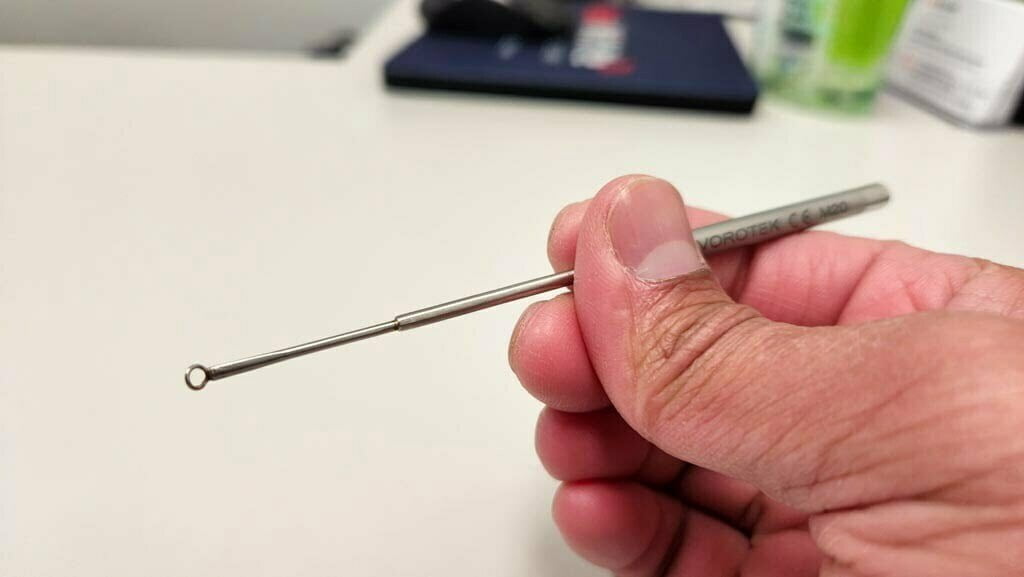


We want your ears to feel
Clear | Comfortable | Less Irritated | Unblocked

We will check your ears after the appointment to make sure that there are no other issues present.
Don’t put up with discomfort any longer and feel better today!
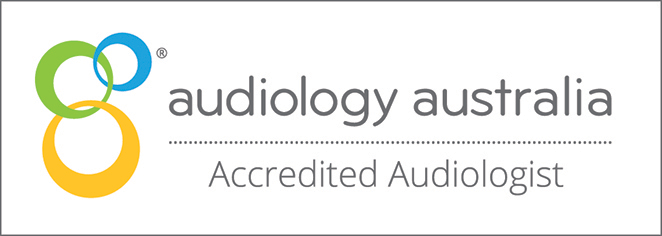

Want to see before and after photos?
Just scroll past if you'd rather not see!
All examples are of safe ear wax removals where the ear canal skin will continue to settle after 24-48 hours.

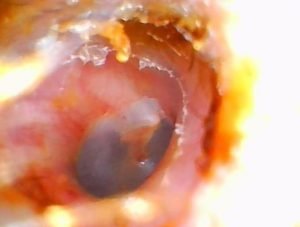
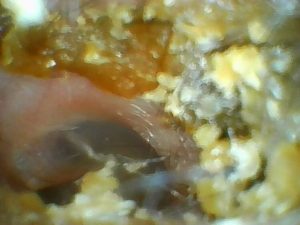
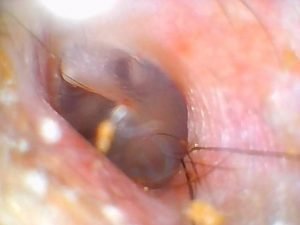
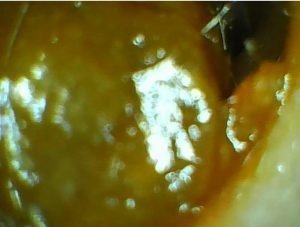
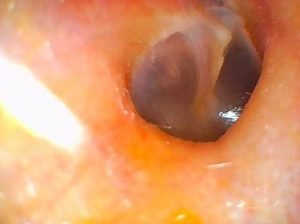
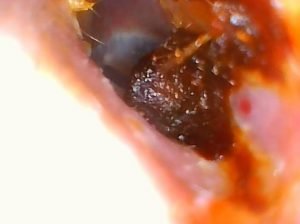
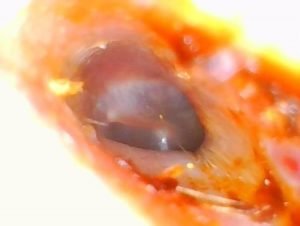
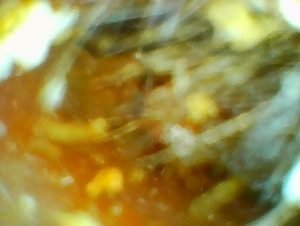


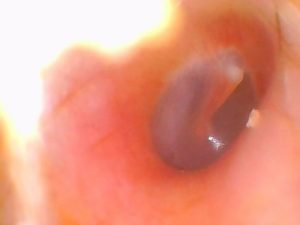
By Microsuction or Curettes
We explore other factors that may be involved and your broader ear and hearing history.
Our high-tech camera allows us to show you what is happening in your ears.
We conduct a ear and hearing status screening to help determine if your ear drums or middle ear are affected or damaged (tympanometry) and to screen the status of your hearing (DPOAEs).
Occasionally there's no ear wax present. We will let you know what else it could be and what you could do should this be the case.
If no ear wax is present, we charge a discounted appointment fee to cover our time.




Find answers to your ear wax removal questions here.
Disclaimer: All advice is general in nature
Ear wax is also known by it's technical name - cerumen.
Ear wax can contain sebum (a body secretion made up mostly of fat), skin cells, sweat and dirt - it may be best not to overthink it!
It can look different (soft and sticky, dry and hard) based on our genetic make-up.
According to the world renowned Mayo clinic, earwax is a helpful and natural part of your body's defenses. It cleans, coats and protects your ear canal by trapping dirt and slowing the growth of bacteria.
Ear wax is neither good nor bad.
We remove ear wax if it gets stuck, blocks your ears, causes irritation, discomfort or pain, or affects your hearing.
We also remove ear wax if we need to take an impression of your ear canal to make ear moulds - such as for hearing protection custom ear plugs, musicians' ear plugs for monitoring sound or protection, or hearing aid moulds.
Ear wax can be an issue for hearing aids and earphones. Small, modern hearing aids have sensitive receivers or speakers in the ear canal. A small amount of ear wax can muffle or block the hearing aid speaker. Ear wax left on hearing devices can also cause corrosion of internal parts leading to costly repairs and times without working hearing aids. This is certainly something every hearing aid user would like to avoid - if I might say so myself from my personal experience!
Ear wax is produced by glands near the ear drum. It is a naturally occuring process.
When we move our jaw - such as when we chew, talk, sing or yawn - ear wax moves from the ear drum towards the ear canal entrance.
The ear wax then falls out when we sleep, move, lean to the side, shower or swim. (I find it best not to think about ear wax falling out of our ears naturally each day!)
You may benefit from ear wax removal if
If so, you could benefit from ear wax removal.
You may also need to have your ears cleaned if you are planning to have customised ear impressions taken. For example, if you need custom in-ear monitors, noise protection ear plugs, swim plugs, sleep plugs or hearing aid moulds.
Normally we advise people to leave ear wax alone. Most of your ear wax falls out naturally during the day when you chew, move, swim or lie down.
For some people, the ear wax can get trapped and become uncomfortable or irritated. If blocked badly, it may even affect the hearing or become painful.
A big problem can be people trying to remove ear wax by themselves - usually with a cotton bud, bobby pin or something similar. The ear wax gets pushed further, becomes blocked and uncomfortable.
We tend to remove ear wax when it becomes problematic.
We can remove ear wax from anyone who can remain fairly still while we remove ear wax - for us this means only from ages 8 years and older.
We may not be able to remove ear wax from your ears if you have had any prior ear conditions, such as major ear surgeries, current holes in the ear drum, or have ongoing fungal infections; or if you have diabetes or are taking blood thinners. We are happy to have a look and advise you if this is the case.
If needed, ear wax should always be removed by a professional.
Most ear wax removal profesionals - primarily Ear, Nose & Throat (ENT) specialists, audiologists and ear nurses - are trained in one or more techniques for safe ear wax removal.
These may include
At Hear With Me, we remove ear wax by microsuction/vacuum and curette because we find them safest and most effective.
We also take ear canal photos beforehand and afterwards and explore your relevant medical history for your added peace of mind.
Softening the ear wax at home by yourself may help if your ear wax has become hard or stuck over time. Your local chemist can advise of which drops to use. This will make ear wax removal more easily.
Never remove ear wax by ear candles or cotton buds.
Ear candling involves a live flame and hot candle wax near one of the most sensitive body parts while removing very little ear wax.
Cotton buds can be dangerous because at least as much ear wax may be pushed further in to cause a bigger blockage, and it often dries the ear canal skin causing further irritation from flaking skin - and the desire to scratch it with the cotton bud again. Plus, we've seen a few badly damaged ear drums from an cotton bud insertions ("I never go that far") - recovery isn't always guaranteed depending on the size of the damage!
A curette is the thin instrument with a small scoop at the end as shown in the picture below.
We tend to use it to remove bigger pieces of ear wax that is dryer or harder.
Our technique ensures that we have good control to remove ear wax comfortably - even if you happen to move during the procedure.

Ear wax removal by microsuction is essentially using a small, controlled vacuum to suck out ear wax.
We tend to use it to remove smaller pieces of soft or sticky ear wax.
Our technique ensures that we have good control to remove ear wax comfortably - even if you happen to move during the procedure.
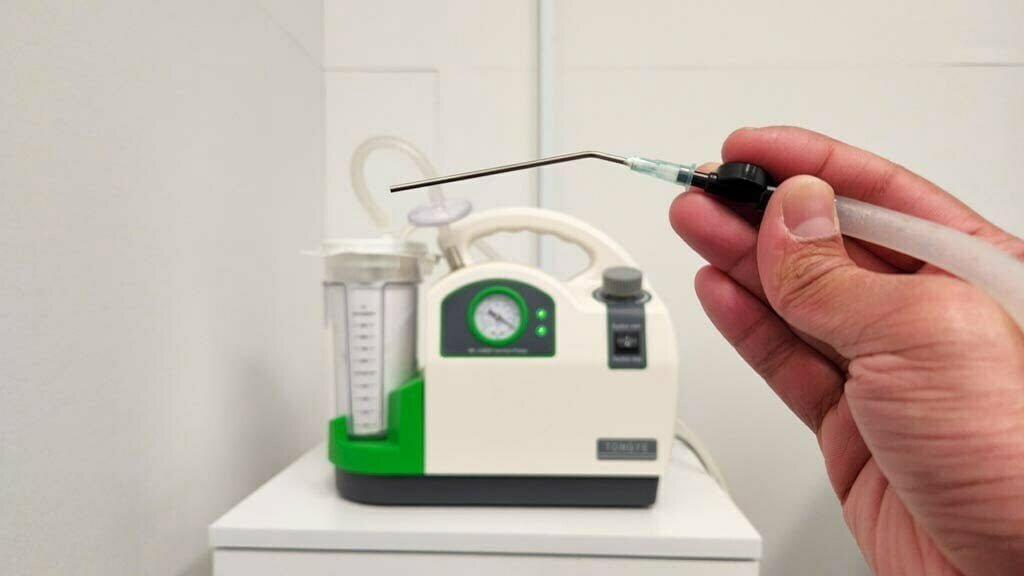
We don't do water syringing or ear irrigation for several reasons.
Water syringing/irrigation can cause dizziness if the water temperature isn't right. Rarely do we remove all of the ear wax using this method. Incorrect pressure can also damage the ear drum. Plus - it's just plain messy.
We can remove ear wax more safely and effectively using other techniques.
Never remove ear wax by ear candles.
We don't do ear candling for two reasons. The first is that it just isn't very effective at all. Secondly, and more importantly, it involves lighting a candle over your ear. Fire and hot wax over one of the body's most sensitive parts to remove some, but not all, ear wax? NO THANK YOU!
Never try to remove ear wax by cotton buds.
Cotton buds can be dangerous because at least as much ear wax may be pushed further in to cause a bigger blockage, and it often dries the ear canal skin causing further irritation from flaking skin - and the desire to scratch it with the cotton bud again. Plus, we've seen a few badly damaged ear drums from an cotton bud insertions ("I never go that far") - recovery isn't always guaranteed depending on the size of the damage!
YES - we use our specialised camera to take pictures before and after ear wax removal so that you can see - and hopefully hear - the difference!
AND we send a copy of the before and after images and a short report to your GP and to you following our appointment.
If there is anything unexpected - such as hearing loss, blocked ears and/or tinnitus without any ear wax present - we will let you know what we can do next!
You don't need to do anything specifically to prepare for the appointment.
If you are already using ear drops as prescribed by a doctor, please continue to do so.
Avoid trying to remove the ear wax by yourself in the meantime - such as by using cotton buds, hair bobby pins or ear candles.
No, you don't need a referral for ear wax removal.
Ear wax removal costs $125.
We allow up to 30 minutes for the session.
Occasionally, we may be unable to remove all the ear wax in one session because of how hard, stuck or uncomfortable removing the remaining ear wax may be. If this is the case, we will advice you as to what you can do in the interim to help (such as drops).
A repeat appointment within 30 days of your initial ear wax appointment is at a reduced rate of $105.
To cover our clinical time, we charge $105 for appointments even where there is no ear wax present as we usually will still try to identify the likely cause of your ear issues and may perform assessment procedures to that effect.
No, we can't access a Medicare rebate for ear wax removal. You might be able to access one from an ENT specialist if referred by your GP.
Some health may allow you to claim for audiology appointments depending on your Extras coverage.
We recommend that you check with your private health fund before attending, or refer to Independent Audiologists Australia's healthfund listings within audiology.
The following healthfunds report to have HICAPS claiming on-site, although we have experienced variability in being able to successfully claim on your behalf:

We will discuss your options for the symptoms that you are experiencing - for example, blocked ears, muffled hearing, tinnitus or pain.
This may involve undergoing a comprehensive hearing assessment.
If time permits, we may even be able to test your hearing while you are with us.
We will not leave you hanging!
Please note that we charge a smaller appointment fee to cover our consultation time in instances where there is no ear wax present.
We will definitely try!
It's not always possible to remove all the ear wax in one appointment especially if the ear wax is stuck or too deep. Your safety is paramount to us and we do not want to take unnecessary risks. In such instances, we will advise you as to the most suitable method(s) for breaking down the remaining ear wax prior to returning.
Note that we have a reduced fee for those who return under 30 days.
We're very careful to make sure that it doesn't hurt.
Occasionally, a piece of ear wax can get stuck to different parts of the ear canal to little hair or skin. When we remove these pieces of ear wax, they can bruise or cause minor bleeding in the ear canal. In the rare instance that this happens, we will let you know what to do next.
More on associated risks below.
We use microsuction and curettes to remove ear wax.
While we are ALWAYS careful when removing ear wax, there are always a few inherent risks to these ear wax removal techniques.
These actions can lead to pain, hearing loss and discomfort.
We always seek to minimise these risks, and only proceed at your comfort level. However, you accept that these risks can occur when you attend a ear wax removal appointment. Should any of the above occur, we will:
No, we are not Ear, Nose and Throat (ENT) specialists.
Our audiologists are trained in ear wax removal by curette and microsuction, similar to what the ENT specialists perform.
ENT specialists are trained medical professionals who are also surgeons. They have far more training and capabilities than audiologists, but they are also harder to get in with and can cost more even with a Medicare rebate. Routine ear wax, ear or hearing issues can be easily managed by audiologists.
Other reliable proponents of ear wax removals include ear nurses and GPs, however we'd argue that we're far more familiar with ears given that our training is completely centred around ears and hearing!
For example, if you continue to experience hearing loss, blocked feelings or tinnitus after the ear wax has been removed or ruled out, we are able to use our audiological equipment to determine your best course of action and next steps - such as if you need to see an ENT specialist.
We'd love to help.
Get in touch with us via email.
Or call us on 03 9002 4237.
Let us know so we can help others! Get in touch via email.
All advice is general in nature.
Book using our online portal or call 03 9002 4237.
Booking Terms and Conditions and Privacy Policy apply.

1. Book
Your Appointment using the button below

2. Experience
Best in class care from the Hear With Me team.

3. Happy Days
Rest assured that you are being well looked after.
All appointments are subject to our Terms and Conditions and Privacy Policy.
Hear With Me has kept thousands of patients and their loved ones happy.
Why not you too?
Don’t miss out.
We promise warm, honest, personalised and comprehensive audiology care to help you connect with loved ones.
Guided by the lived and professional experience of hearing impaired and accredited audiologist Dr Gerard William, PhD.
Street parking is available outside (paid parking closest to the building; free 2P further away).
Wheelchair accessible and friendly.
Serviced by PTV buses 503, 546, 551 and 903 and the Heidelberg Train Station.
Running early? Visit The Pepper Tree Cafe on Burgundy St and mention that you are seeing us!
(Opening Soon)

Wheelchair accessible and friendly.
The clinic is closest to Southern Cross and Flagstaff Train Stations (under 15 minutes walk), but also to Central and Flinders St Stations.
All content of this website is copyright to Hear With Me Pty. Ltd. Permission is granted to reproduce any written part of this website for the purpose of helping others if you acknowledge Hear With Me in all iterations of related content. Photos and images cannot be used without our express written permission.